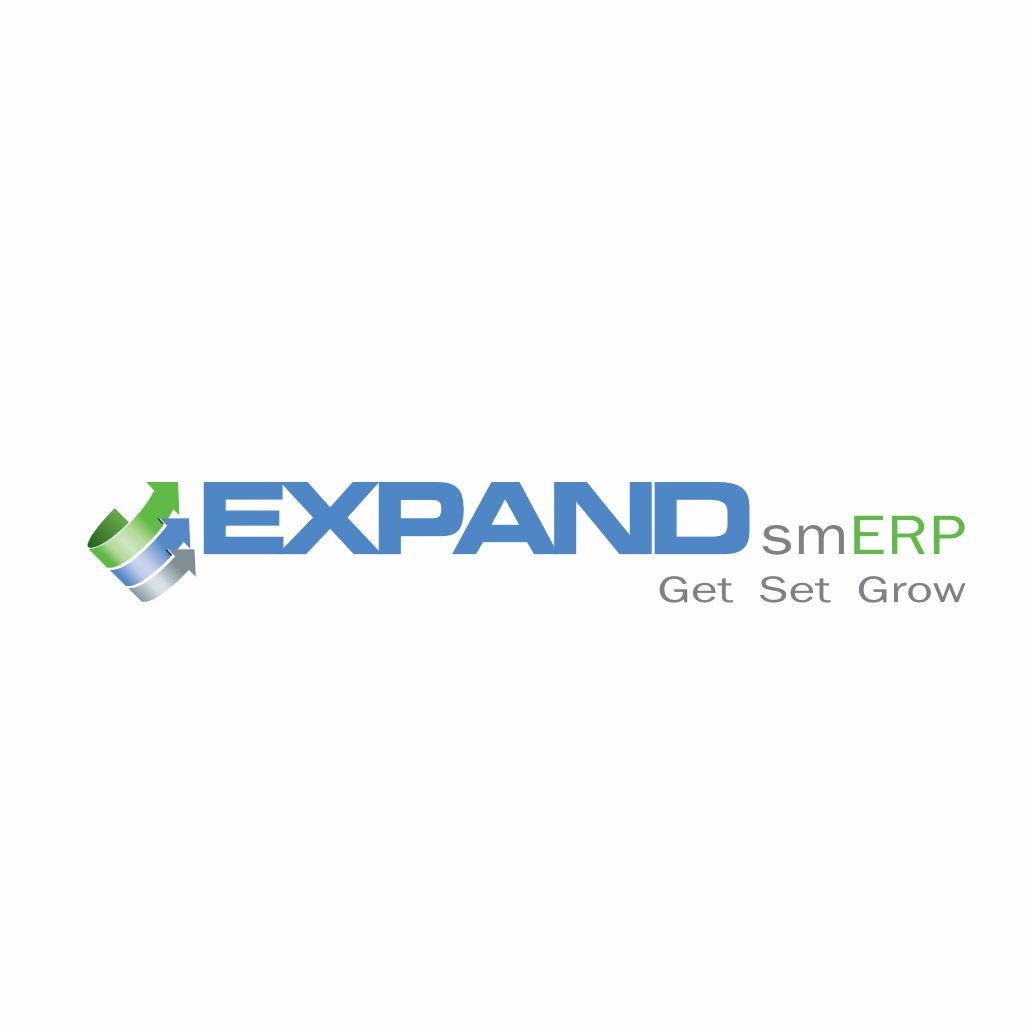
The leather industry, with its rich history and intricate processes, demands meticulous attention to detail and precision in operations. ERP for the Leather Industry systems have emerged as a vital tool in modernizing and streamlining the leather industry, enabling companies to enhance productivity, maintain quality, and achieve greater profitability. In this comprehensive article, we delve into the transformative power of ERP systems tailored for the leather industry, exploring their features, benefits, and the impact they have on every aspect of leather manufacturing and distribution.
## **Understanding ERP Systems in the Leather Industry**
**Enterprise Resource Planning (ERP)** systems are integrated software platforms designed to manage and automate various business processes within an organization. For the leather industry, ERP systems offer specialized functionalities that address the unique challenges of leather production, from raw material procurement to finished goods distribution.
### **Key Features of ERP Systems for the Leather Industry**
- **Inventory Management**: Efficient inventory management is crucial in the leather industry due to the diverse range of raw materials and finished products. ERP systems provide real-time tracking of inventory levels, automated reordering processes, and accurate demand forecasting to minimize stockouts and overstock situations.
- **Production Planning and Scheduling**: Leather manufacturing involves complex processes such as tanning, cutting, and finishing. ERP systems optimize production planning and scheduling by considering factors like material availability, machine capacity, and labor resources. This ensures a smooth and efficient production flow, reducing downtime and improving output.
- **Quality Control**: Maintaining high-quality standards is essential in the leather industry. ERP systems facilitate stringent quality control measures by tracking product specifications, monitoring production processes, and conducting inspections at various stages. This helps in identifying and addressing quality issues promptly.
- **Supply Chain Management**: The leather industry relies on a robust supply chain to ensure timely delivery of raw materials and finished products. ERP systems streamline supply chain operations by integrating suppliers, manufacturers, and distributors into a cohesive network. This enhances visibility, improves collaboration, and reduces lead times.
- **Customer Relationship Management (CRM)**: Building and maintaining strong relationships with customers is vital for sustained growth. ERP systems incorporate CRM modules that manage customer interactions, track sales orders, and provide insights into customer preferences and buying patterns. This enables personalized service and boosts customer satisfaction.
- **Financial Management**: Comprehensive financial management is a core feature of ERP systems. For the leather industry, this includes managing accounts payable and receivable, budgeting, cost accounting, and financial reporting. ERP systems ensure accurate financial data, compliance with regulations, and informed decision-making.
Benefits of Implementing ERP Systems in the Leather Industry
### **Enhanced Operational Efficiency**
ERP systems automate repetitive tasks, reduce manual errors, and streamline workflows, leading to significant improvements in operational efficiency. This allows leather manufacturers to focus on value-added activities, innovate, and respond swiftly to market demands.
### **Improved Decision-Making**
Access to real-time data and analytics empowers decision-makers with actionable insights. ERP systems provide comprehensive dashboards and reports that offer a clear view of key performance indicators (KPIs), helping managers make informed decisions and optimize operations.
### **Cost Reduction**
By optimizing resource utilization, reducing waste, and minimizing inefficiencies, ERP systems contribute to cost reduction across various departments. Improved inventory management, precise production planning, and efficient supply chain operations result in substantial cost savings.
### **Scalability and Flexibility**
ERP systems are designed to accommodate the evolving needs of businesses. As leather companies grow, ERP systems can scale to support increased production volumes, expanded product lines, and new market opportunities. Additionally, ERP systems offer flexibility in adapting to changing industry trends and regulatory requirements.
### **Enhanced Collaboration and Communication**
ERP systems foster collaboration and communication among different departments and stakeholders. By providing a unified platform for sharing information and coordinating activities, ERP systems eliminate silos and promote a culture of teamwork and transparency.
### **Compliance and Risk Management**
The leather industry is subject to various regulatory requirements and quality standards. ERP systems ensure compliance by maintaining accurate records, facilitating audits, and implementing robust risk management practices. This reduces the risk of non-compliance and enhances the company’s reputation.
## **Conclusion**
The implementation of ERP systems in the leather industry marks a significant leap towards modernization and efficiency. From streamlining procurement and optimizing production to enhancing inventory accuracy and ensuring product quality, ERP systems provide comprehensive solutions that address the unique challenges of leather manufacturing. As the industry continues to evolve, embracing advanced technologies like AI, IoT, cloud computing, and blockchain will further enhance the capabilities of ERP systems, driving growth and competitiveness in the global market.